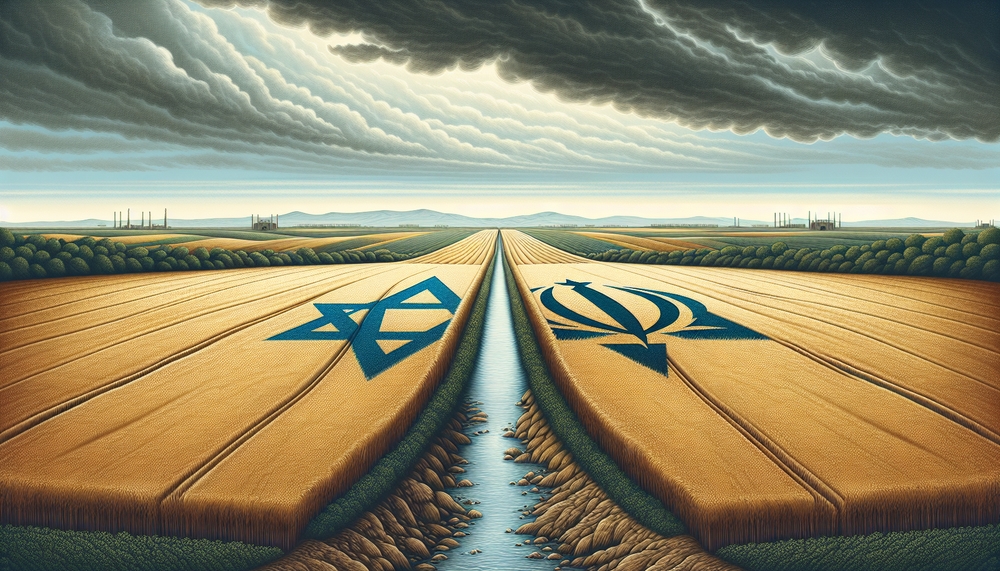Published
- 3 min read
Unveiling the Transformative Dynamics of Israel-Iran Relations

Introduction: A New Geopolitical Fault Line
In June 2025, a confrontation unfolded between Israel and Iran, uncovering transformative dynamics and strategic challenges within Middle Eastern geopolitics. This event has become a critical case study, revealing the evolving contours of international relations in the region. By employing frameworks like structural realism, constructivism, and asymmetric conflict theory, we can unearth the multi-dimensional implications of this clash. These implications extend beyond traditional alliances and highlight shifting power structures that warrant broader global consideration.
Alliance Architecture: Cohesion vs. Fragmentation
Central to the June 2025 confrontation is the divergent alliance architectures. The Western alliance demonstrates institutional maturity, exhibiting cohesive strategic operations. In contrast, the burgeoning axis of Russia, China, and Iran manifests as a unit in transition—a juxtaposition of varied intentions and strategies. Utilizing Gilpin’s theory of hegemonic war and Deutsch’s model of security communities, we can analyze how these contrasting alliance frameworks influenced the strategic trajectories during the confrontation.
Israel’s Strategic Dilemma: Alliance Dependency
Israel, often perceived as a regional military powerhouse, faces a paradox dubbed ‘dependent strength.’ Its military prowess ostensibly positions it as a dominant player in the Middle East. However, this prowess is partially undercut by its reliance on the United States. Snyder’s ‘alliance security dilemma’ articulates how Israel’s dependency on U.S. support restricts its strategic autonomies, reshaping its security strategies. Gradually, this dependence has spurred a transformation in Israeli strategic thought and identity, necessitating a reconsideration of its self-reliant aspirations.
Iran’s Asymmetric Innovations: Leveraging Technology and Networks
Iran, in contrast, capitalizes on asymmetric innovations, often leveraging cost-effective technologies. The utilization of drones and missile systems allows Iran to counterbalance Israel’s technological edge at a fraction of the cost. This strategic efficiency aligns with theories of asymmetric warfare, which Iran exploits to challenge established power equations. By tapping into globalization’s vulnerabilities, Iran extends its influence through strategic networks, cultivating a robust regional presence amidst a fragmented geopolitical landscape.
The Palestinian Cause: Enduring Ideational Influence
Beyond sheer strategic calculus lies the ideational power of the Palestinian cause, which persists as a pivotal factor in Middle Eastern geopolitics. Drawing from Said’s perspectives and Finnemore & Sikkink’s norms theory, understanding the Palestinian struggle is essential for grasping its impact on regional consciousness. Serving as a moral compass, it simultaneously embodies a strategic vulnerability within geopolitical calculations, sustaining its relevance within the ideological and diplomatic arenas of the Middle East and beyond.
Conclusion: Adapting to a New Geopolitical Reality
The Israel-Iran confrontation of 2025 revealed profound insights, underscoring the urgency to realign strategic assumptions among policymakers. As traditional parameters of power shift, adapting to these changes becomes imperative. Strategic decisions, both immediate and far-reaching, must reflect this complex reality. By cultivating innovative solutions and adaptability, policymakers can effectively navigate this evolving geopolitical landscape, ensuring stability and progress in a world increasingly characterized by complexity and fluid alliances.
